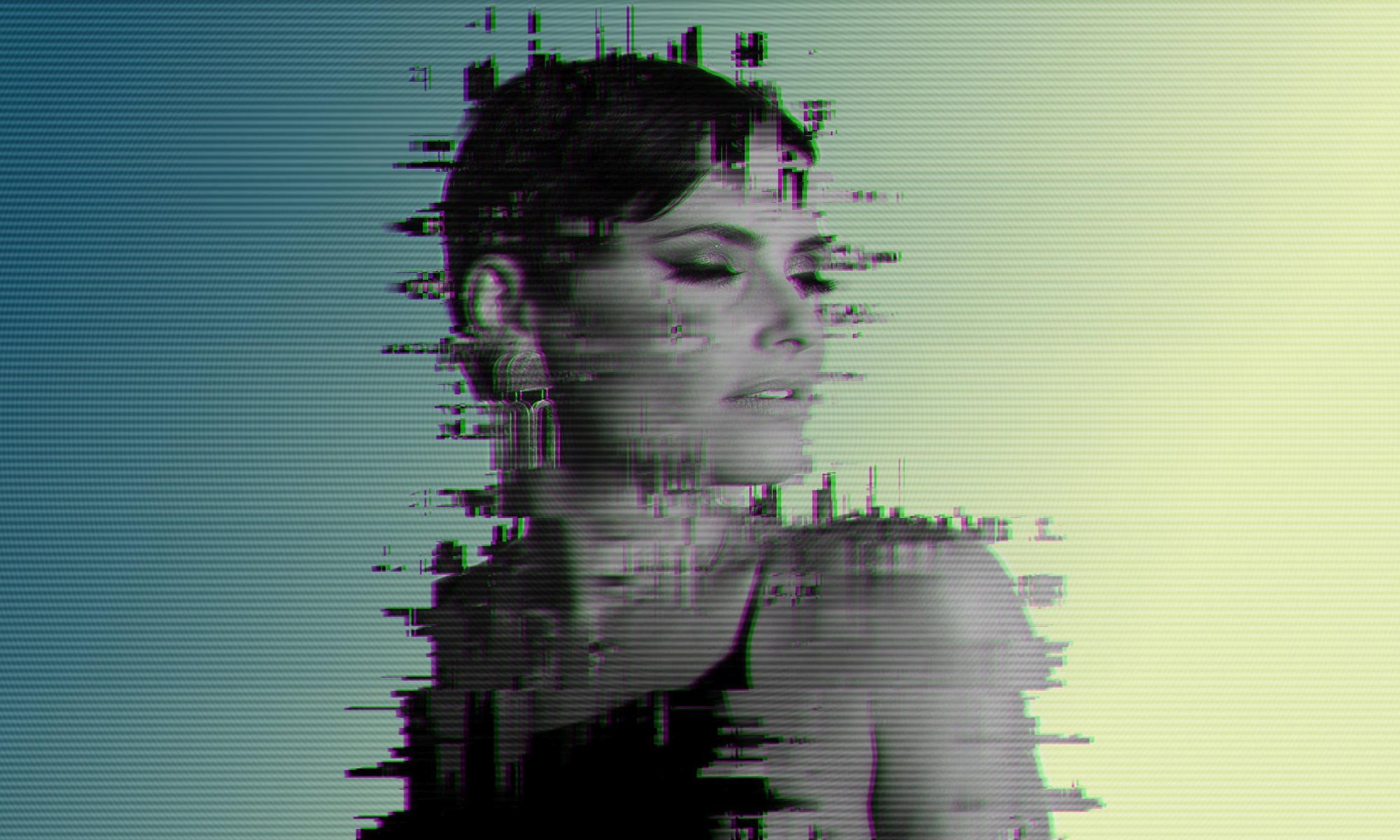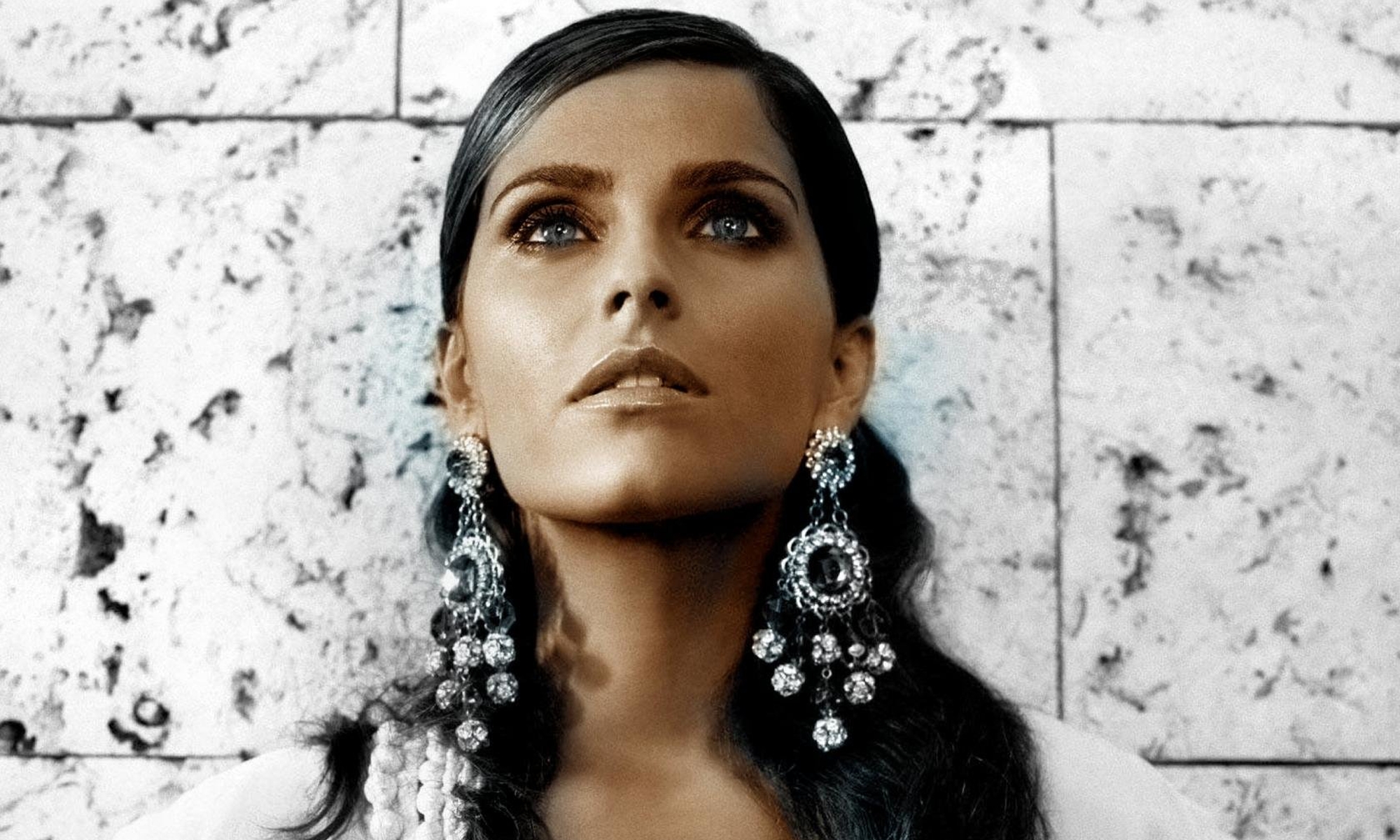Jordan Peterson often talks about the concept of the “beast” or “monsters” in a metaphorical or psychological sense. In his lectures and writings, these ideas are usually related to themes in mythology, religion, and psychology, often referencing works like the Bible or Carl Jung‘s analysis of archetypes.
- “Beast” as Chaos or Evil: Peterson refers to the “beast” or “monster” as symbolic representations of the chaotic or dark forces that individuals must confront, both internally and externally. This aligns with themes in mythological stories where heroes confront literal monsters, symbolizing the struggle against chaos, evil, or personal demons.
- Facing the Dragon (Beast) in Mythology: One of Peterson’s famous ideas is the notion of “slaying the dragon” or confronting the “beast,” which comes from stories like the biblical Leviathan or the dragons in mythology. The dragon or beast is a symbol of the terrifying unknown, and slaying it is about facing challenges and personal fears.
- Monsters as Archetypes: Drawing from Jungian psychology, Peterson often explains that monsters represent the parts of ourselves that are dangerous or suppressed, like rage, ambition, or even creativity. To grow as a person, he argues, you must confront these “monsters” within yourself, rather than ignoring them.
- Order vs. Chaos: A recurring theme in his work is the balance between order and chaos. The “beast” or “monster” usually represents the chaotic, unpredictable forces of life. According to Peterson, individuals should venture into chaos, face their fears (the “beasts”), and bring back knowledge and strength, akin to a hero’s journey.

